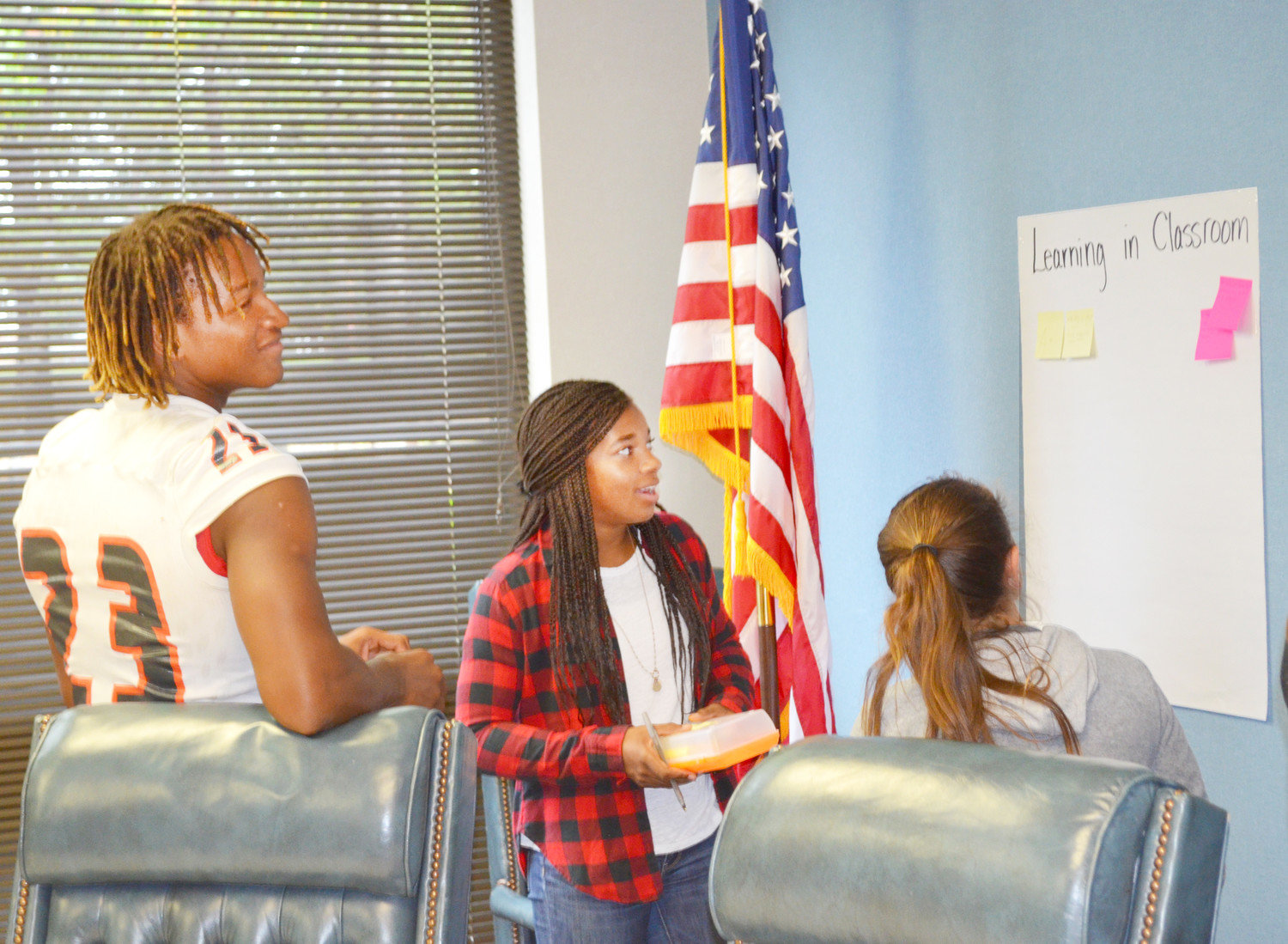Student Advisory Council launches at MISD
editor@woodcountynews.com
“Leadership and learning are indispensable to each other.” – John F. Kennedy
Twenty-two young people recently began serving as members of the Mineola ISD Student Advisory Council, a …
This item is available in full to subscribers.
Attention subscribers
To continue reading, you will need to either log in to your subscriber account, below, or purchase a new subscription.
Please log in to continueNeed an account?
|
Student Advisory Council launches at MISD

editor@woodcountynews.com
“Leadership and learning are indispensable to each other.” – John F. Kennedy
Twenty-two young people recently began serving as members of the Mineola ISD Student Advisory Council, a collection of kids looking for ways to make the school experience better for them and their classmates.
From this cross-section of the student body, Superintendent Kim Tunnell is looking to groom leaders who can exert positive influences on school classrooms, hallways and the world beyond.
The advisory council – a body comprising two students each from grades 2 through12 – convened for the first time on Sept. 14 with Tunnell as facilitator.
About midway through that first session, a number of the kids had already embraced the mission of the advisory council and their roles on it.
“We’ve been talking about leadership in our school and how we can make it better. In this program I can see how we can all become better leaders and get to where we can do something for the school,” said seventh-grader Michael Lacy.
Senior Lena Hughes, a member of the Yellowjackets band, said she believes the program “will help me a lot with my leadership skills and better develop them.” The advisory council also can help foster a more positive environment on campus, she said.
“Positivity rules over everything and can make everything better,” she said.
Fifth-grader Anthony Harris offered this takeaway: “I’m hoping to be positive and kind to others.”
Mineola’s first Student Advisory Council is rooted in the MISD’s strategic plan, which was adopted in 2016. An element of the plan is building student leadership. Through the advisory council, Tunnell wants to see the development of young advocates and service-oriented people who will be positive role models for their peers. She also wants to see students engaged in decision-making. She wants their voices taken into account when school district leaders make decisions.
Toward that end, the students at one point broke into groups of three to critique and offer suggestions on seven points of interest, including student-teacher relationships, student-student relationships, opportunities to serve, wellness, learning in the classroom, technology, and school safety. Students posted grades for how they see the district performing in each category, noted observations and offered suggestions.
Feedback was far ranging. Some kids suggested lunches with more fresh vegetables to encourage wellness. They showed a preference for “personable” teachers who “don’t play favorites” and instead encourage inclusiveness. They were particularly engaged on the issue of school safety, suggesting there be emergency escape routes, designated places to seek cover, and CPR and trauma training for teachers. In future meetings, the Student Advisory Council will be split into two groups: second through sixth grade, and seventh through 12th grade.
Tunnell was pleased with the council’s inaugural session.
“I think it was a great kickoff to not only letting them see themselves as leaders but also what it takes to make a positive impact in the world, which is part of our mission. We want to send them out as leaders (knowing) that they can make a difference.”






